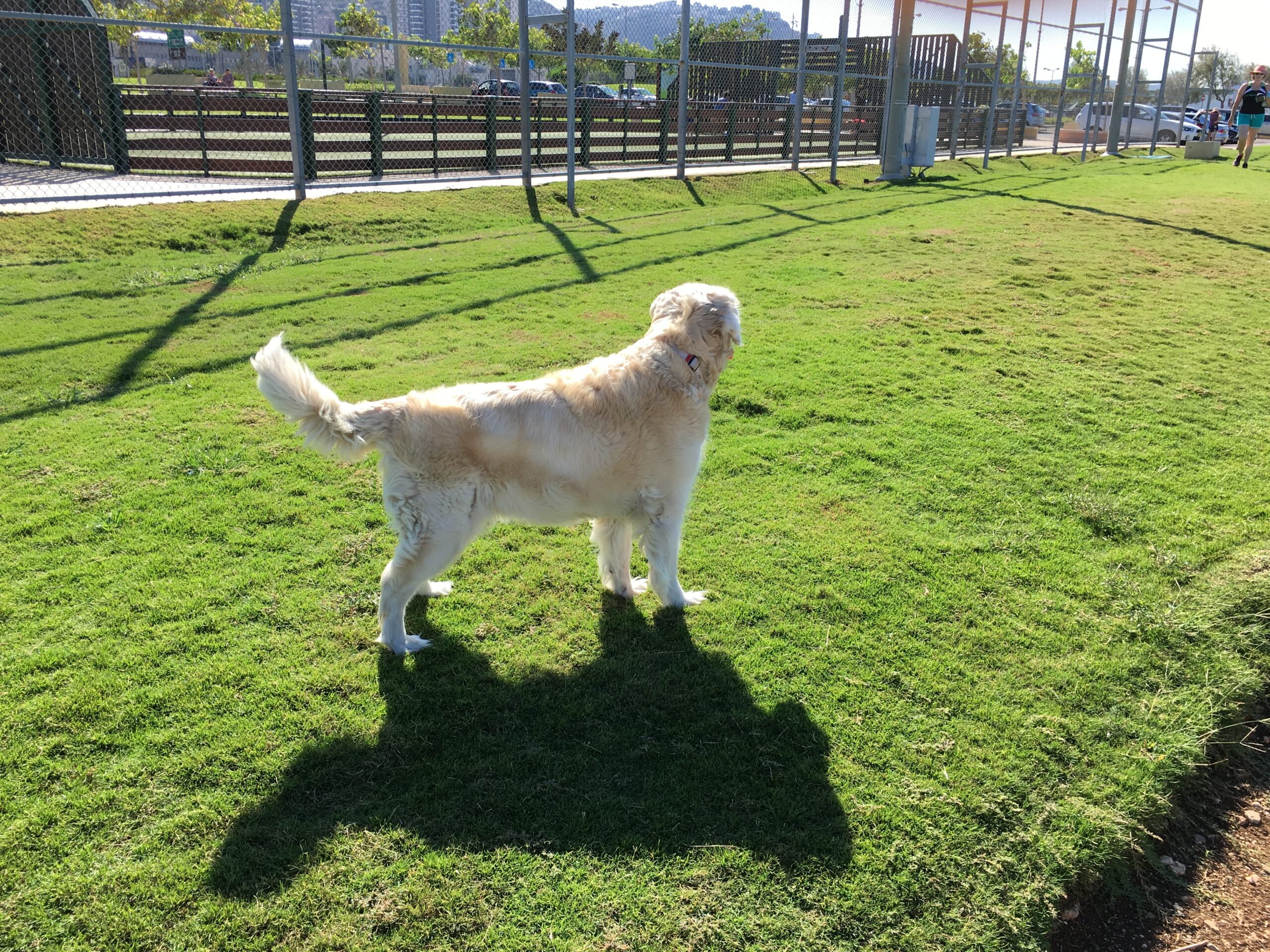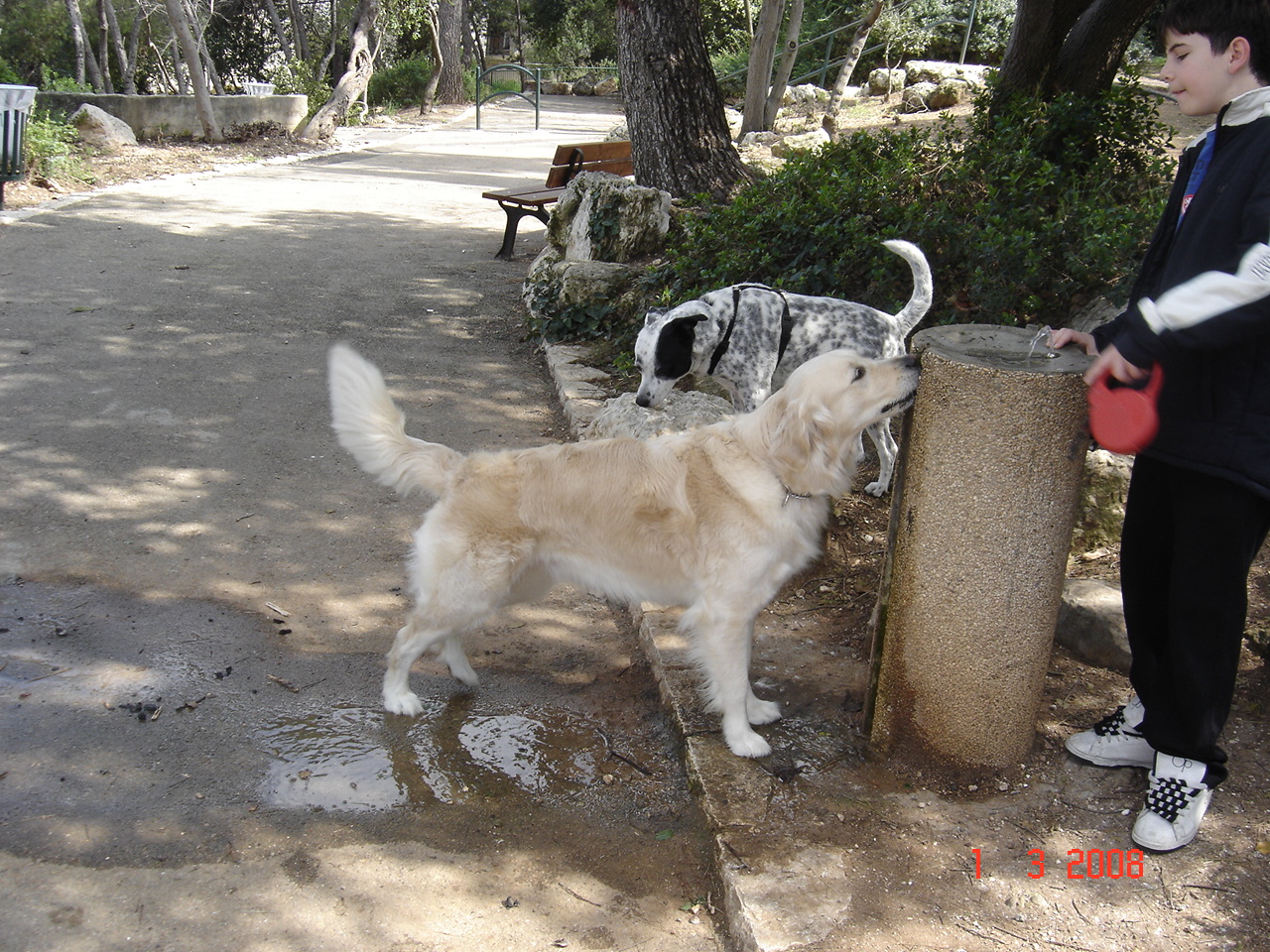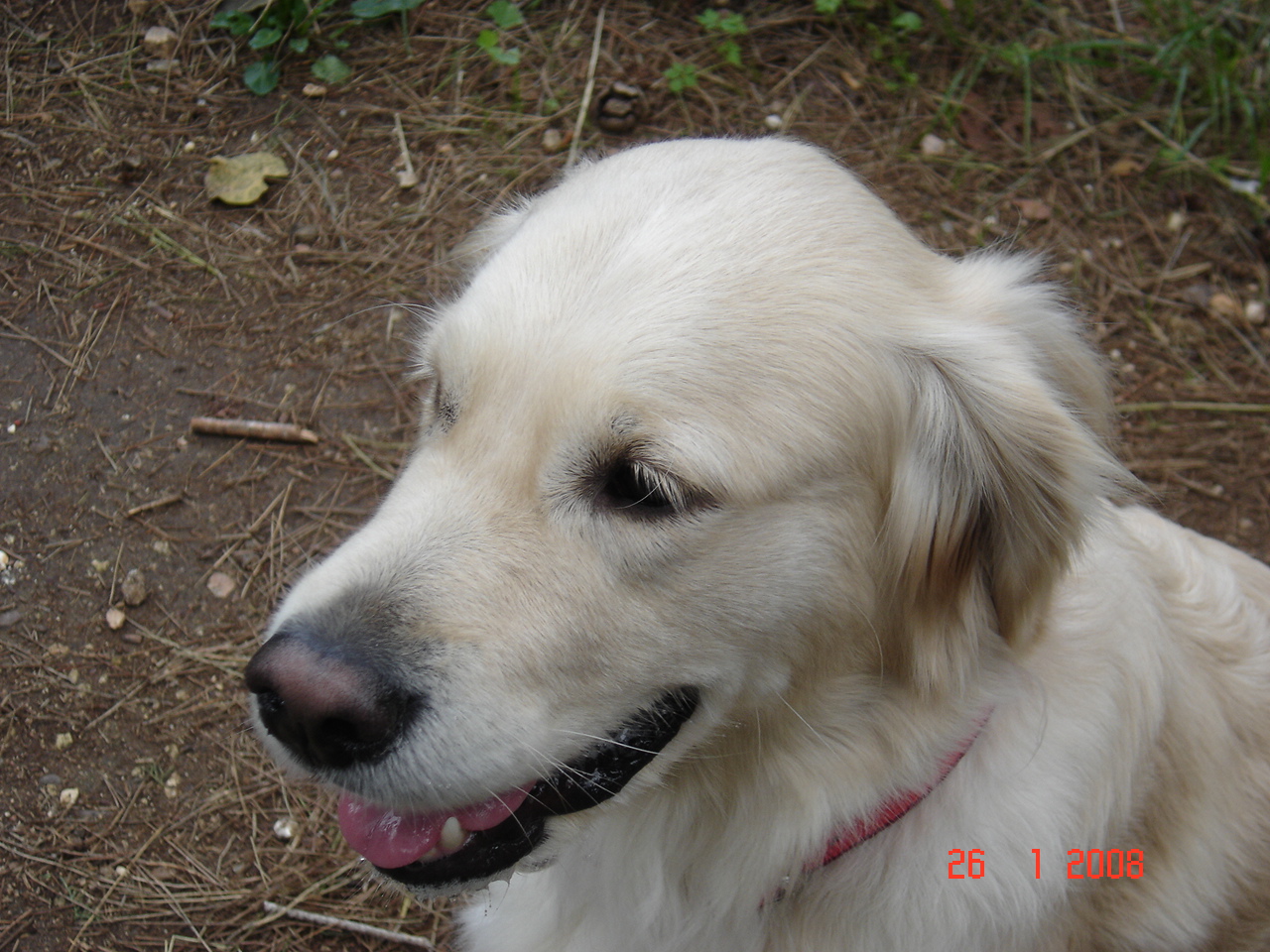The Retriever breed group, known for their excellent skills in retrieving game for hunters, consists of several types that were developed for different retrieving tasks. The most popular retriever breeds include the Labrador Retriever, Golden Retriever, Flat-Coated Retriever, Chesapeake Bay Retriever, and the Curly-Coated Retriever. Let’s explore the history and origin of these breeds:
Labrador Retriever:
- Origin: Newfoundland, Canada in the 19th century.
- History: Originally known as “St. John’s dogs,” they were used by fishermen to help haul nets and retrieve fish. British nobility brought them to England, where they were refined into the breed we know today. Their intelligence, friendly nature, and retrieving prowess made them popular as hunting and companion dogs.
Golden Retriever:
- Origin: Scotland in the mid-19th century.
- History: Developed by crossing the now-extinct Yellow Retriever with the Tweed Water Spaniel, along with some Bloodhound, Irish Setter, and more. The breed was created by Lord Tweedmouth to retrieve game on both land and water. Known for their gentle temperament and intelligence, they quickly became popular family pets.
Flat-Coated Retriever:
- Origin: England in the mid-19th century.
- History: Developed by crossing several breeds, including the Newfoundland, Sheepdog, Setter, and Spaniel types. Known as the “gamekeeper’s dog” for their versatility and retrieving skills, they were highly prized during the golden age of hunting.
Chesapeake Bay Retriever:
- Origin: Chesapeake Bay area of the United States in the 19th century.
- History: Bred from two Newfoundland dogs rescued from a shipwreck, crossed with local retrievers and other breeds like Coonhounds. They were developed for retrieving ducks from icy waters, known for their strength, endurance, and protective nature.
Curly-Coated Retriever:
- Origin: England in the late 18th century.
- History: One of the oldest retriever breeds, likely developed from a mix of the English Water Spaniel and retrieving setters. Known for their distinctive curly coat, they were used to retrieve game from water and land alike.
General Characteristics:
Retrievers are known for their keen sense of smell, intelligence, and eagerness to please, making them excellent working dogs and companions. Their friendly, outgoing nature makes them great family dogs, while their physical endurance and trainability make them popular in various dog sports and as service animals.
Each retriever breed has its own unique history and development path, but all share a common purpose as skilled, loyal retrievers in various hunting scenarios.





